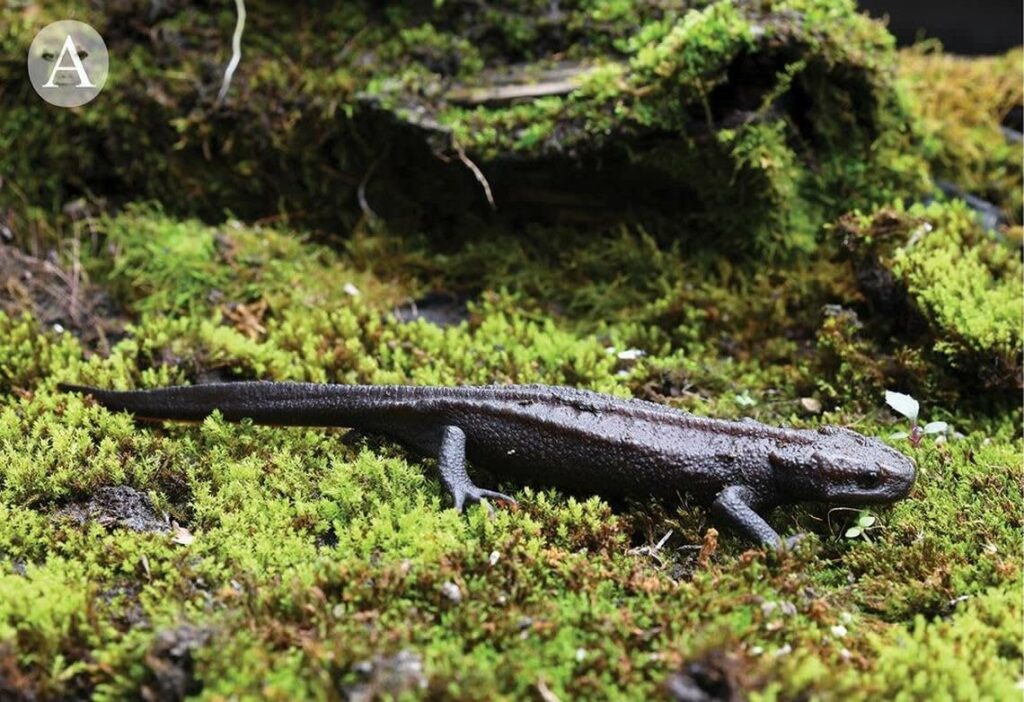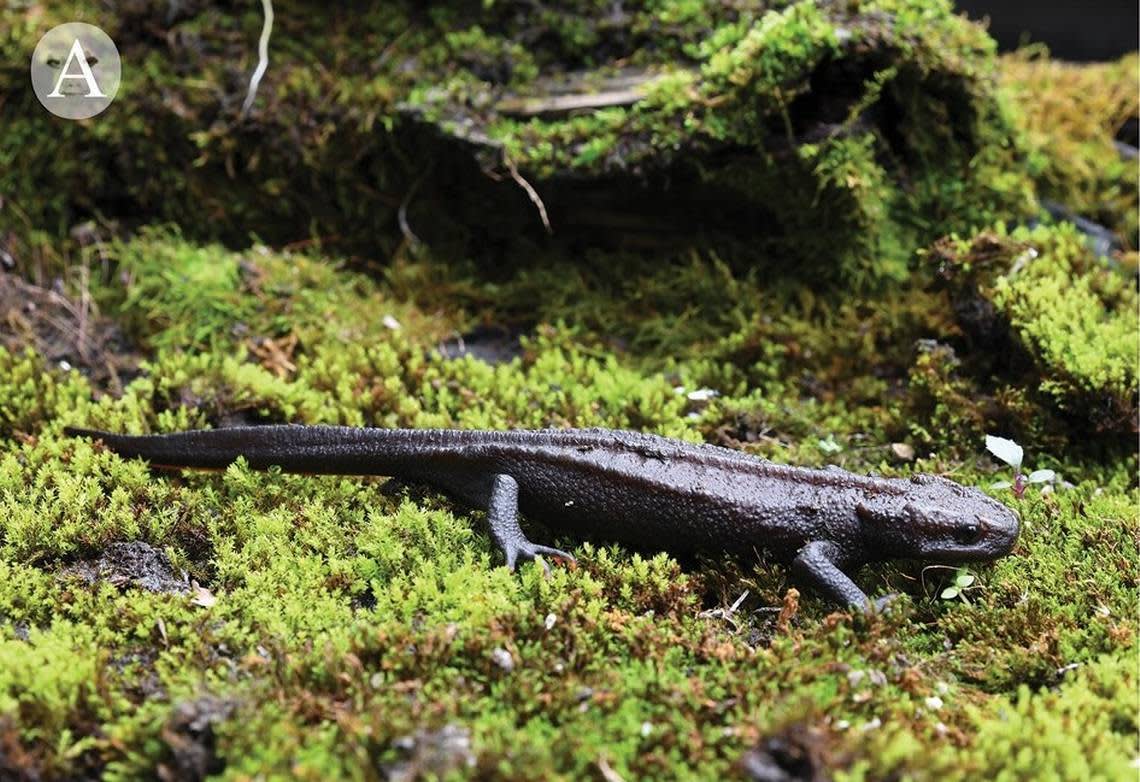Researchers in Hunan Province, China, have identified a new species of newt, named Tylototriton gaowangjienensis, commonly known as the Gaowangjie crocodile newt. This discovery was made in the Gaowangjie National Nature Reserve, where scientists observed these amphibians during their breeding season.
Distinctive Characteristics
The Gaowangjie crocodile newt exhibits several features that distinguish it from other species in the Tylototriton genus:
- Size and Appearance: Medium-sized, reaching approximately 12.5 cm in length. It has rough black skin with orange hues on its limbs and tail.
- Morphology: Narrow head with a short, blunt snout, large eyes, and teeth arranged in a “V” shape.
- Habitat: During the breeding season, it has been observed in rice paddies and wet areas within the reserve.

Identification Process
Between 2021 and 2023, researchers conducted expeditions in the Gaowangjie National Nature Reserve, collecting several specimens for study. Through morphological and genetic analyses, they confirmed that this population represented a distinct species within the Tylototriton genus. The detailed study was published in the journal Herpetozoa, highlighting the significance of this discovery for the region’s biodiversity.
Significance of the Discovery
The discovery of the Gaowangjie crocodile newt underscores the biological richness of the region and the need to continue conservation efforts. Identifying new species is crucial for understanding biodiversity and developing effective strategies for its protection.
Conservation Challenges
Despite the importance of the discovery, the species faces threats due to habitat loss and human activity in the area. Implementing conservation measures that protect its natural environment and promote the sustainability of its population is essential.
This discovery highlights the need to preserve natural ecosystems and promote scientific research to protect global biodiversity.
